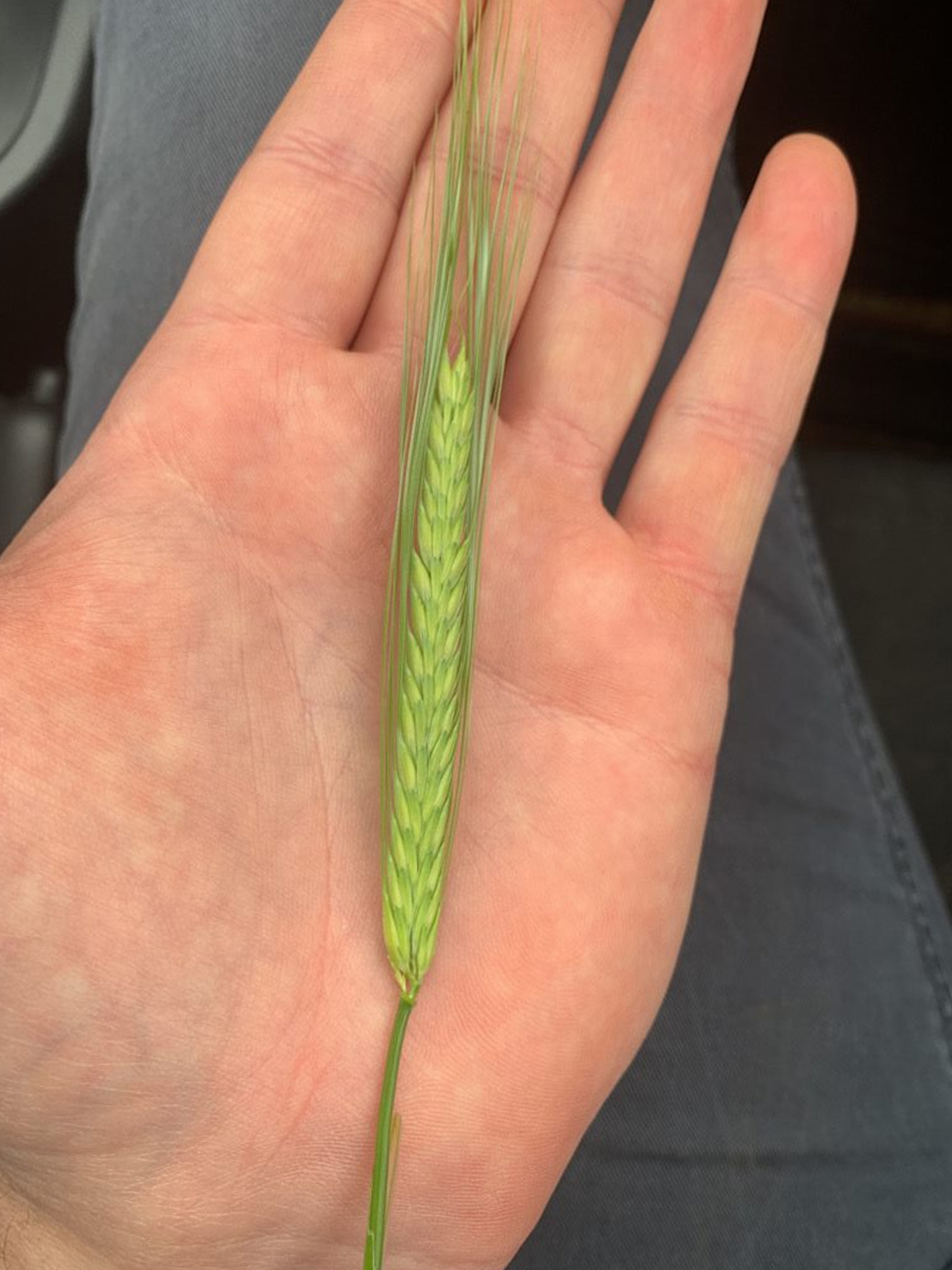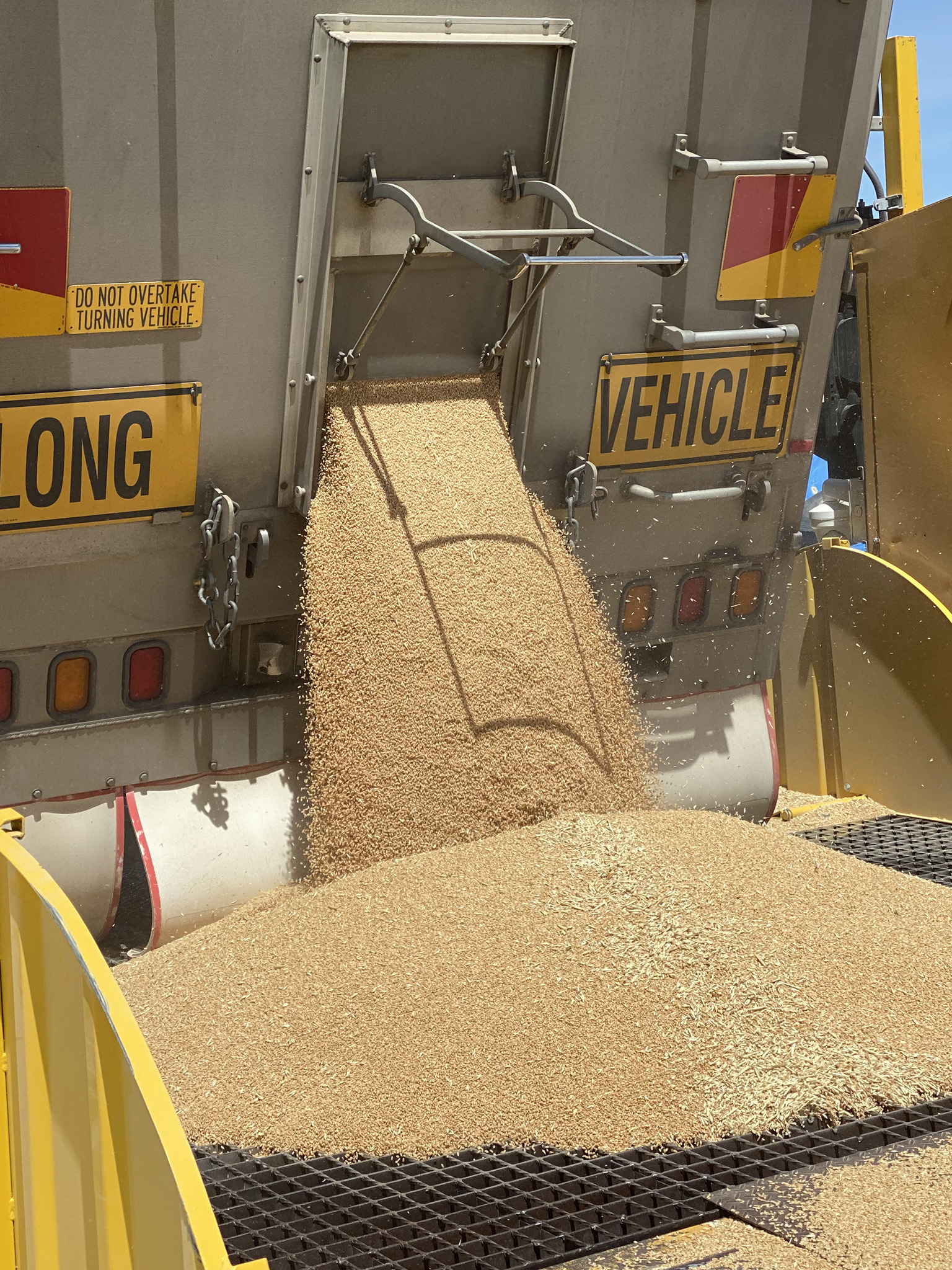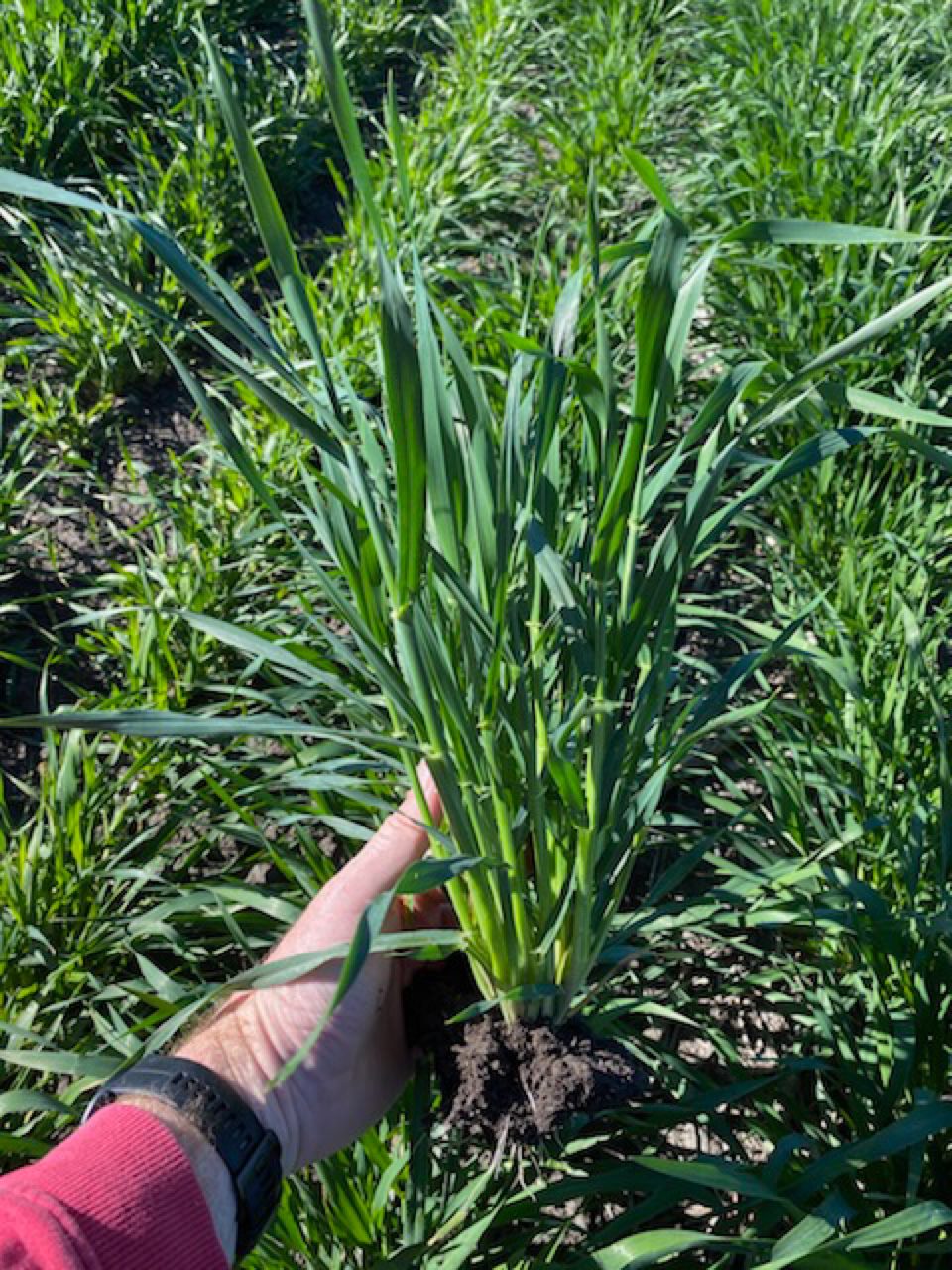Canola shaping up as this season’s cash crop as headers start to roll
By Nicholas Robertson
With headers starting to roll across some the earliest of crops in QLD, and we get closer to broadscale NSW harvest, we’ve started to gain some real confidence in production for both yield and potentially quality for this year’s winter crop. September/October rain is often the most valuable rainfall we can get, with the arrival or absence of it a key factor in determining ultimate yields and quality profile.
Australia is looking at a ~3.5mmt canola crop this year which is well up on the sub 2.5mmt of 19/20 however the impending improved supply has not dampened the price to date. Hence, the question on many growers lips has been, what will happen come harvest?
Globally, canola and other commodities that make up the oil family have been experiencing supply issues to date. Russia, Ukraine and Europe had disappointing harvests and as they look toward planting again, conditions haven’t been great with ongoing dryness causing concerns. However, as any grower knows, this can change with a single weather system and suddenly production outlook can turn again.
Europe is a big consumer of canola seed to feed its biodiesel industry and they are expected to be big buyers of Australian seed from our 20/21 harvest. In addition to Europe, China is sitting in the wings threatening to become a player on the demand side. Whilst it is always a challenge to fathom what China’s buying plans are for Australian seed, which is only heightened with the current political complexities, China was a big buyer of Australian seed last year and if that happens again then that is only good news for Aussie farmers.
While all these indictors are proving bullish for Aussie canola values, as we saw with the barley anti-dumping and COVID, things can change quickly, and prices will quickly adjust to any new fundamental inputs. For most of the year, canola values have been knocking on the door of $600 for East Coast ports, however In the 7 days prior to writing this, we have seen the canola price move $17 higher. Dryness to key growing regions overseas and Chinese buying of soybeans has been viewed as the motivation. With canola commonly used by growers as a good cash crop once the headers start rolling, and prices at historically high levels, expectations are that it will again be aggressively sold come harvest.
The question still lies, how much further can it go? Good news is that despite a recent uptick in grower selling, pricing has been holding steady thus far. If the big producing countries continue to stay dry through their planting window, we should see prices remain supported. As mentioned earlier, China still feels like the big unknown. If they come to the party and provide competition to the domestic crushers and the demand from Europe, then that will add another layer of support come harvest. With canola being a very important cash crop and pricing high up in the deciles, it’s hard for it not to be viewed as a sell, putting cash in the pocket and taking risk off the table.
Growers lock in as USDA lifts estimates

Friday night saw the release of the United States Department of Agriculture’s World Agricultural Supply and Demand Estimates Report (USDA WASDE Report) which saw CBOT wheat futures pressured lower meanwhile strength in soybeans lifted corn and canola markets.
Read MoreGrowers crossing fingers for one last rain

Plenty of activity in cash markets over the last week or so, both in the old and new crop slots. Grower activity has been sporadic with most of the engagement through the southern states though there has been a bit of new crop wheat and canola selling through the Newcastle zone.
Read MoreA second weighbridge for Birchip GrainFlow

Wimmera/Mallee grain and oilseed growers are set to benefit from new investment at the GrainFlow site at Birchip. A new second weighbridge is currently being built and will be operational by harvest.
Read MoreHeaders. Start Your Engines!

As growers and merchants approach the business end of the season, focus shifts to getting the crop home and harvest preparedness.
Read More